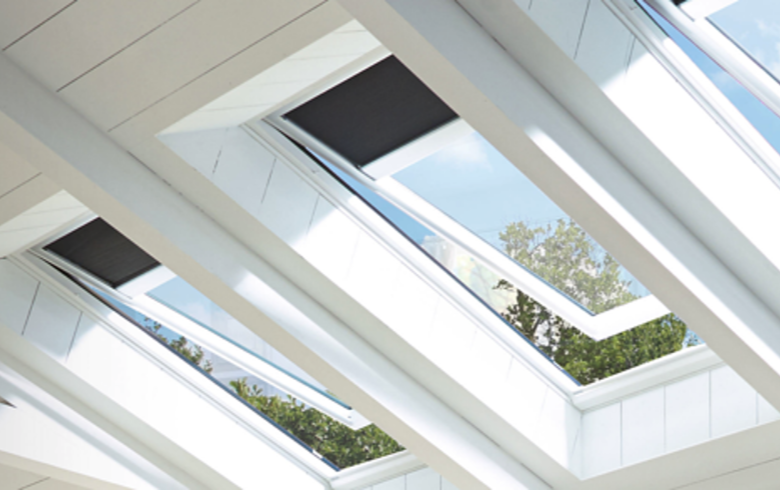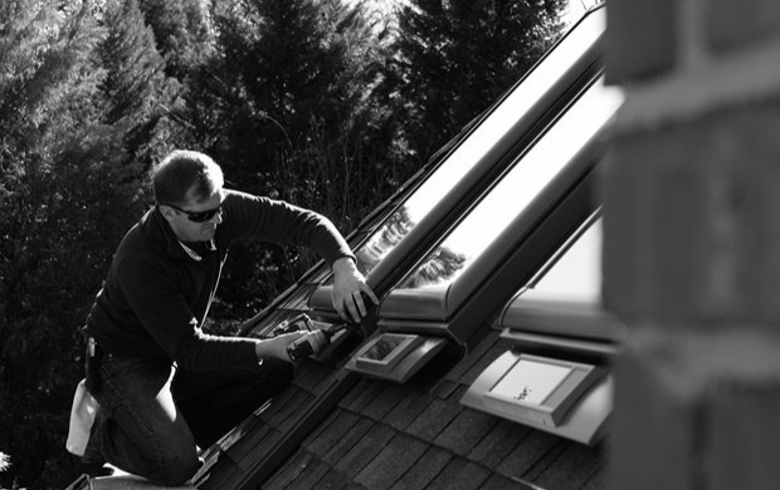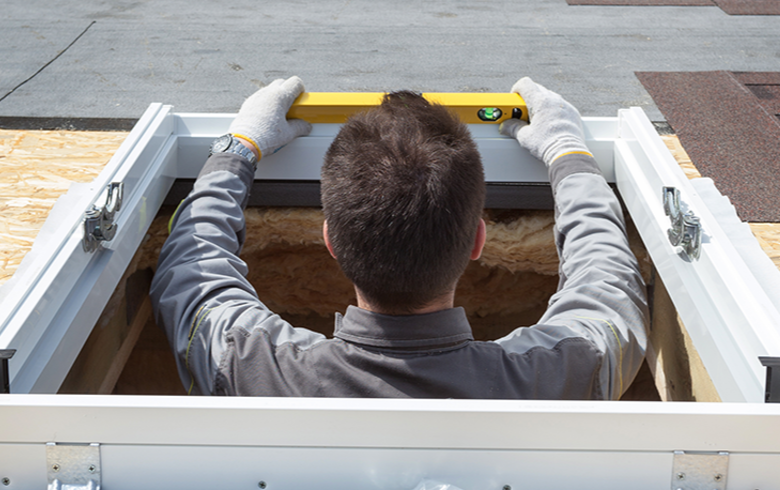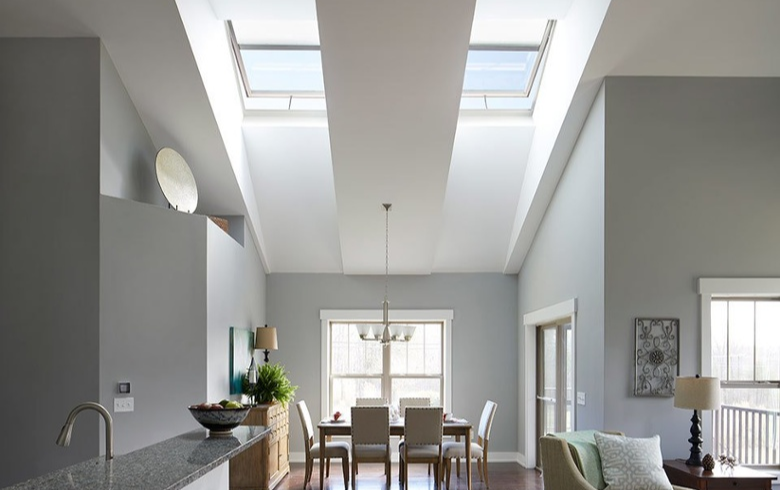Did you know that people, on average, spend 90% of each day inside? And according to the Environmental Protection Agency, homeowners are becoming increasingly aware of the toll taken by that disconnect from the natural world.
Recently, VELUX commissioned a survey through YouGov where we found 63% of US respondents spend an hour or less a week in nature on average. 88% of respondents agreed that they would like to spend more time outdoors. With so much time spent inside, consumers continue to express increased concern about how their home affects their health.
For someone who builds homes, these are important stats to consider at the drawing board. Something else to consider: an independent scoping study by RAND Europe found a positive association between exposure to nature and mental health to be well-documented in other academic studies. In other words, designing and building homes with connections to nature can provide your clients with immeasurable psychological, physical, and aesthetic benefits.
So, how do you curate nature connections in the homes you build? Here are three ways to create more seamless indoor-outdoor connections in your homes.
Incorporating Natural Textures and Colors
One great way to connect indoor and outdoor spaces is to include interior design elements that emulate nature. Earthy textures like wood and stone can help provide glimpses into the natural world from inside. You can incorporate them with unfinished wood shelving or accessories and by using stone surfaces for countertops and side tables. Bringing plants inside also adds a dose of nature while helping improve air quality.
Adding Natural Light
According to our 2018 consumer tracking, the number of homeowners planning to add more daylight to their homes has increased 9% compared to previous years. So, let's give the people what they want!
As you know, natural light transforms a space, making it feel brighter and more open. Specifically, adding natural light from above brings in a more ambient light that reaches more places. And with skylights, homeowners can experience sky and treetop views, creating a connection with the outdoors.
More natural light also promotes a myriad of health benefits. According to a review published by the National Research Council Canada, natural light is linked to better sleep cycles because it helps balance circadian rhythms. It also contributes to higher energy levels according to researchers at the Swiss Federal Institute of Technology.
Bringing In Fresh Air
For a home to be energy efficient, it makes sense that it needs to be sealed tightly so that air only comes in through an open door or window. However, this causes an issue with the indoor air: it becomes stale and polluted as toxin and bacteria levels rise from daily activities like cleaning, cooking, and bathing. Incorporating skylights that can be opened along with windows regularly helps combat this by allowing new air to recycle throughout the home.
Kitchens and bathrooms, in particular, need their air recycled frequently as moisture can build up from cooking and bathing. Installing venting skylights in these rooms can help contribute to the freshness and overall health of the entire home.
And as smart home technology continues to gain in popularity, we have the option of automated home airing with VELUX ACTIVE with NETATMO. This device connects to a smartphone app that monitors conditions reported from an internet-connected weather station. It uses that information to automatically open or close skylights and blinds when indoor carbon dioxide, humidity, or temperature levels become unhealthy or uncomfortable.
Well, there you have it! Creating spaces with seamless and functional indoor-outdoor connections not only makes for healthier homes but also homes that are more comfortable and enjoyable to live in.





